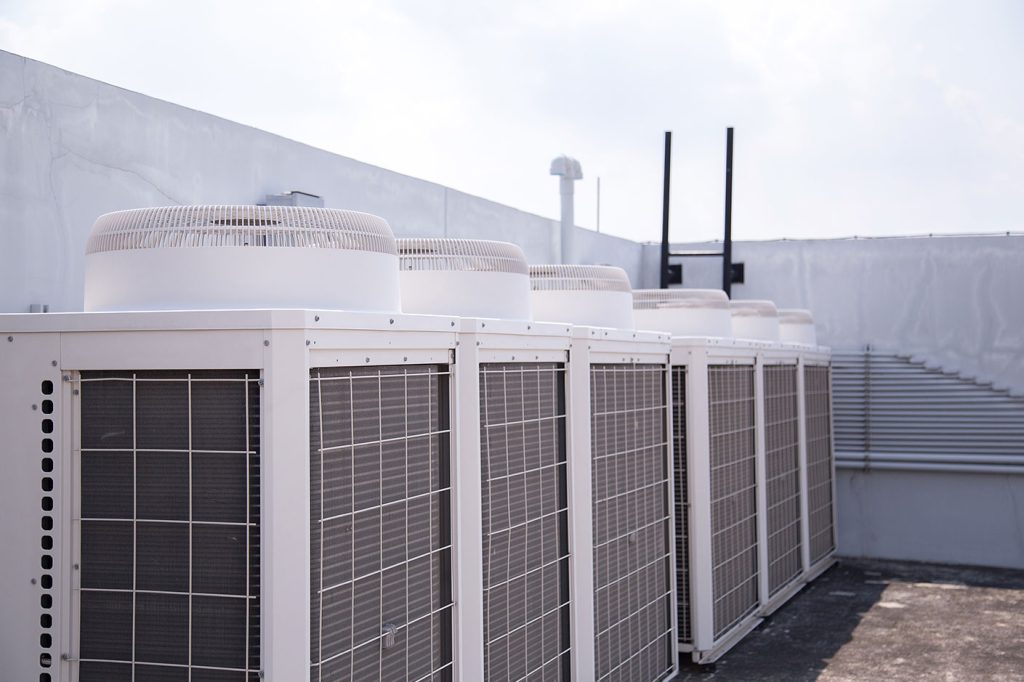Your home’s heating and cooling shouldn’t feel like a guessing game. When an HVAC system gets old, small warning signs turn into real costs: higher bills, loud starts, uneven rooms, and surprise repairs. The good news is you can spot these signals early and plan a smart change. In this guide, you’ll learn clear signs that point to replacement rather than another fix. We’ll keep the language simple, add useful technical notes, and share quick checks you can do right now. If a few of these signs match your home, a new system may save money, cut noise, and improve comfort for years.
Energy Bills Keep Climbing
If your energy bill rises while your habits stay the same, your system is likely losing efficiency. Older air conditioners often run at 8–10 SEER (Seasonal Energy Efficiency Ratio), while many new units meet 14.3 SEER2 or higher. Furnaces rated under 80% AFUE waste a big share of fuel compared to 95%+ models. Heat pumps also improved, with HSPF2 replacing older HSPF ratings to better reflect real use. As motors wear and coils get dirty, the unit needs longer run times to do the same job. Quick checks:
- Compare kWh or gas therms year over year.
- Note if bills spike during moderate weather.
- Ask for a load-based quote that shows savings with SEER2 and AFUE.
Repairs Are Getting Frequent
One repair can be fine. A pattern of failures is costly and stressful. Compressors, blower motors, and control boards are common culprits as systems age. If repair costs in two years add up to 25–40% of a new system, it’s time to think long term. Warranties on older units may have expired, and parts can be harder to find. Newer systems use ECM (electronically commutated) blower motors that sip power and start smoothly, lowering wear. Keep notes of:
- Number of calls this year vs. last year.
- Parts replaced (compressor, capacitor, inducer).
- Downtime impact during hot or cold snaps.
If the list is growing, replacement often pays back faster than another fix.
Rooms Feel Uneven
Hot upstairs, chilly downstairs? Uneven rooms often mean your system is undersized, oversized, or hindered by duct problems. Proper sizing uses Manual J load calculations, not rules of thumb. Ducts should deliver about 350–450 CFM per ton of cooling, with total external static pressure typically under 0.8 in. w.c. When static pressure is high from crushed flex or tight filters, airflow suffers. Zoning, variable-speed blowers, or ductless heads can fine-tune tricky areas. Try this:
- Close doors and check if temperatures swing.
- Inspect supply and return vents for blockages.
- Ask for a static pressure test and a room-by-room load estimate.
If fixes can’t level rooms, a right-sized, variable-speed system often will.
Odd Noises Or Smells
Grinding, rattling, and screeching often point to worn bearings or loose panels. Booming on furnace startup can suggest delayed ignition. Electrical smells may mean overheating parts, while a musty odor hints at mold on the evaporator coil or inside ducts. A cracked heat exchanger can introduce carbon monoxide—treat that as urgent. Newer systems use quiet compressors, soft-start features, and sound blankets that cut noise at its source. Simple checks:
- Listen from outside at startup and shutdown.
- Sniff near supply vents after the system runs for a few minutes.
- Replace filters and clean returns to reduce dirt load.
Persistent noise or odors are more than a nuisance—they’re a signal to consider change.
Weak Airflow and Humidity
Good comfort needs airflow and moisture control. If the air feels weak or rooms stay clammy, your system may be struggling. Causes include a slow blower, dirty coil, leaky ducts, or mis-set fan speed. In cooling mode, the coil should remove latent heat; if the unit is oversized, it may cycle off before pulling humidity down. Aim for indoor relative humidity around 40–55%. Technical notes:
- CFM per ton near 400 is a common design target.
- Duct leakage above ~10% wastes energy and airflow.
- A variable-speed fan helps dehumidify on low speed.
If humidity stays high or airflow stays low after basic fixes, replacement with better controls can solve both.
Short Cycling Or Long Runs
Short cycles waste power and wear parts. Oversized units cool the air fast, shut off, and never dry the space. Undersized units run and run but still fail to meet the setpoint. Refrigerant charge issues, clogged filters, and thermostat placement can also confuse runtimes. The right approach is a Manual J calculation to size equipment to your home’s heat gain and loss, then match a blower and coil with proper static pressure. Quick actions:
- Move thermostats away from the sun or drafts.
- Replace filters; confirm all returns are open.
- Ask for data logging to see the cycle length.
If cycling doesn’t normalize, the equipment may simply be the wrong size.
Old Refrigerant Or Fuel
If your system uses R-22, parts and refrigerant are expensive and scarce. Many new systems use A2L refrigerants such as R-32 or R-454B, which require certified handling but offer improved efficiency potential. On the heating side, older oil or low-AFUE gas furnaces burn more fuel than modern high-efficiency choices or cold-climate heat pumps. When fuel or refrigerant issues push repair costs up, a new unit often makes sense. Consider:
- The age and refrigerant type are on the nameplate.
- The venting and combustion air path on furnaces.
- Future service availability for your current setup.
Upgrading reduces risk and locks in better performance with supported refrigerants and cleaner heat.
Air Quality Keeps Slipping
If you notice more dust, allergies, or stale air, your HVAC may not be filtering or exchanging enough air. Filters are rated by MERV; many homes do well with MERV 8–11, while MERV 13 catches finer particles if your blower can handle the extra resistance. An ERV (energy recovery ventilator) can bring in fresh air while managing moisture. UV-C lamps and high-efficiency media cabinets help keep coils clean. Tips:
- Check filter size and pressure drop specs.
- Aim for regular filter changes, not just seasonal.
- Ask about duct cleaning only if debris is visible.
If IAQ stays poor, a modern system with a stronger filter rack and balanced ventilation is worth a look.
Thermostat And Control Gaps
Smart controls are more than fancy screens. Pairing a variable-speed or inverter system with the right thermostat unlocks staged heating and cooling, better dehumidification, and quieter starts. Older units may only allow single-stage on/off control, which swings temperatures and wastes energy. Look for:
- Thermostats that support multi-stage or inverter operation.
- Outdoor temperature sensors for heat pump lockout.
- Dehumidify-on-demand features that slow the fan.
If your system can’t use these features, the gains from new equipment plus proper controls can be sizable. Good controls also provide fault codes and runtime data, making service simpler and more accurate.
Age, Rust, And Warranty
Most air conditioners and heat pumps last about 10–15 years with care; furnaces can reach 15–20 years. Corrosion on coils, a pitted heat exchanger, or a rusted drain pan signals the end phase. If your warranty has expired, the next repair could be a budget hit. Ask for a written condition report that covers static pressure, temperature rise, refrigerant superheat/subcooling, and combustion readings. This snapshot helps you decide with facts. If age, wear, and data point the same way, plan replacement rather than wait for a midsummer failure when schedules are tight and choices shrink.
Ducts Leak Or Waste Air
Even the best equipment fails if ducts leak. Attics and crawlspaces often hide loose joints and thin insulation. A duct blaster test can measure leakage as a percentage of total airflow; sealing with mastic and adding insulation can cut losses sharply. Straightening kinks and upsizing long runs lowers static pressure, helping the blower move air at design CFM. What to request:
- A measured static pressure and total CFM report.
- Duct leakage testing before and after sealing.
- Supply and return balancing to each room.
If ducts are far off spec, replacing equipment without fixing the air path is like buying new tires for a car with bent wheels.
Safety And Compliance Risks
Safety comes first. Cracked heat exchangers, high carbon monoxide readings, scorched wiring, or water around the air handler are all red flags. Local codes also change over time, especially for venting, condensate drains, and electrical disconnects. Modern systems include safety features such as float switches, better ignition controls, and pressure sensors that shut equipment down before damage spreads. Keep a checklist:
- Annual CO test and combustion analysis.
- Drain pan and float switch inspection.
- Proper breaker size and outdoor disconnect.
If safety items keep showing up, replacement is not only about comfort—it protects your home and your family.
Plan Your Next Move
If several signs fit your home, get a professional evaluation that includes Manual J sizing, duct testing, and a written scope with equipment model numbers and efficiency ratings. Compare options like variable-speed furnaces, inverter heat pumps, and higher MERV filtration. Ask for estimated operating costs using local utility rates, not guesses. A well-planned project can lower bills, quiet your home, and make every room feel right. Ready to explore a reliable, efficient upgrade? Reach out to HVAC Ecology LLC for a friendly assessment and a clear plan that suits your space and budget.

